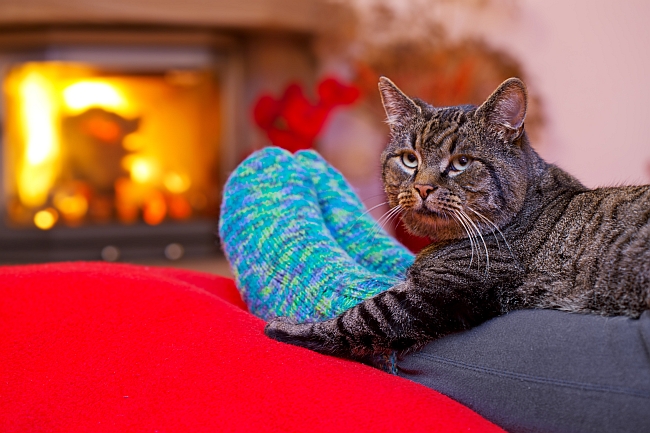
Foster parenthood is a challenging privilege. However, any time someone adds a new pet to the mix, it can be quite an adjustment. In order to ease the transition ahead, here are some helpful tips on preparing your home for the foster pet. Be sure to provide the kind of environment this new pet needs and he begins familiarizing himself with this “in between” oasis.
Preparing Your Home
Even though you are not officially “adopting” a pet for the long-haul, there are still adjustments that need to be made to your schedule to accommodate your new friend, and to help integrate him into life at your place.
- Clear your schedule to devote time to bonding with your new friend.
- If you have other animals, keep them in separate rooms for the first few days, using our introducing a second pet tactic to acquaint them.
- Don’t leave the foster pet unsupervised for the first few weeks (unless he is in a crate) until you get to know him better.
- Help establish house rules, behavioral rules and practice obedience training. Help them learn to be the best versions of themselves!
- Be cautious when friends come over, either choosing to keep the pet in a separate room for his own peace, or allow the visitor to greet them slowly and gently.
Supplies Needed For Foster Pet Care
Food: This goes without saying, but before you purchase any mainstream, dog or cat food brand, speak with one of the staff members at the shelter. What kinds of foods can this animal eat? Find out if he has any allergies, or if there have been any negative reactions to any pet food product. Be sure to get all this information before buying your pet food.
Water: Depending on the age of the animal, the kind of water accessibility is an important consideration. Animals that are still very young could drown, slip or get hurt if the water bowl is too deep, and a lack of sufficient water for a larger breed could cause him to suffer from dehydration. Take these things into account before just using any generic bowl for water.
Litter Box/Pee-Patch: There needs to be some area indoors where your pet will be allowed to eliminate. Whether this is a designated pee-pee square, or a litter box for your foster kitty, they would do well to have a place to go inside when you cannot take them out.
Bed/Crate: Making sure your dog or cat has a warm bed to snuggle up in is another important element to helping them feel secure in their temporary home. Providing a crate is a great way to give the animal a “den” of sorts, as well as a good place for them to stay when no one else is home.
Toys/Chews: Remember everything you purchase for a foster pet is considered a donation to the shelter home, and is a write off, so don’t hold back when it comes to getting the pet a new toy to play with.

